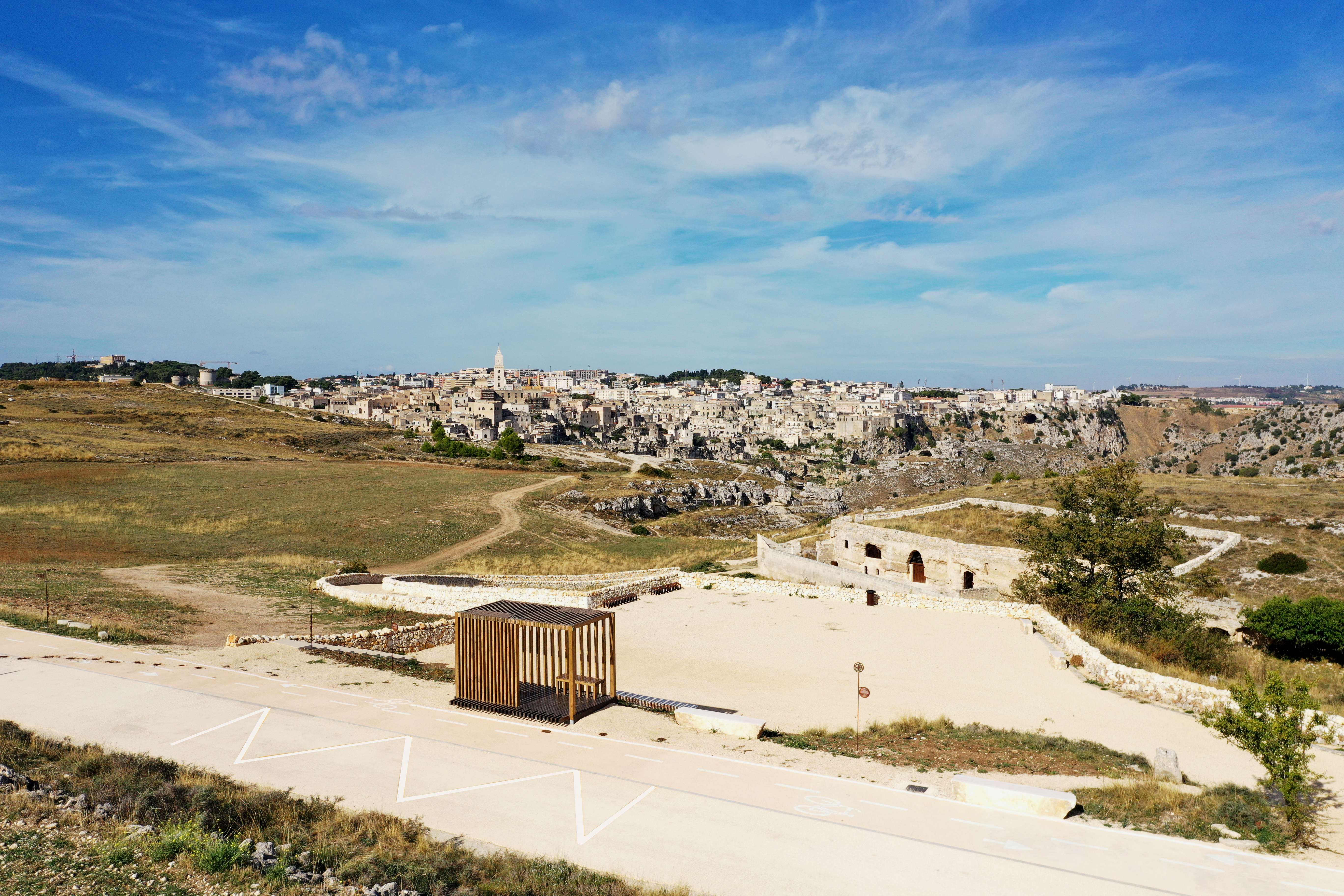
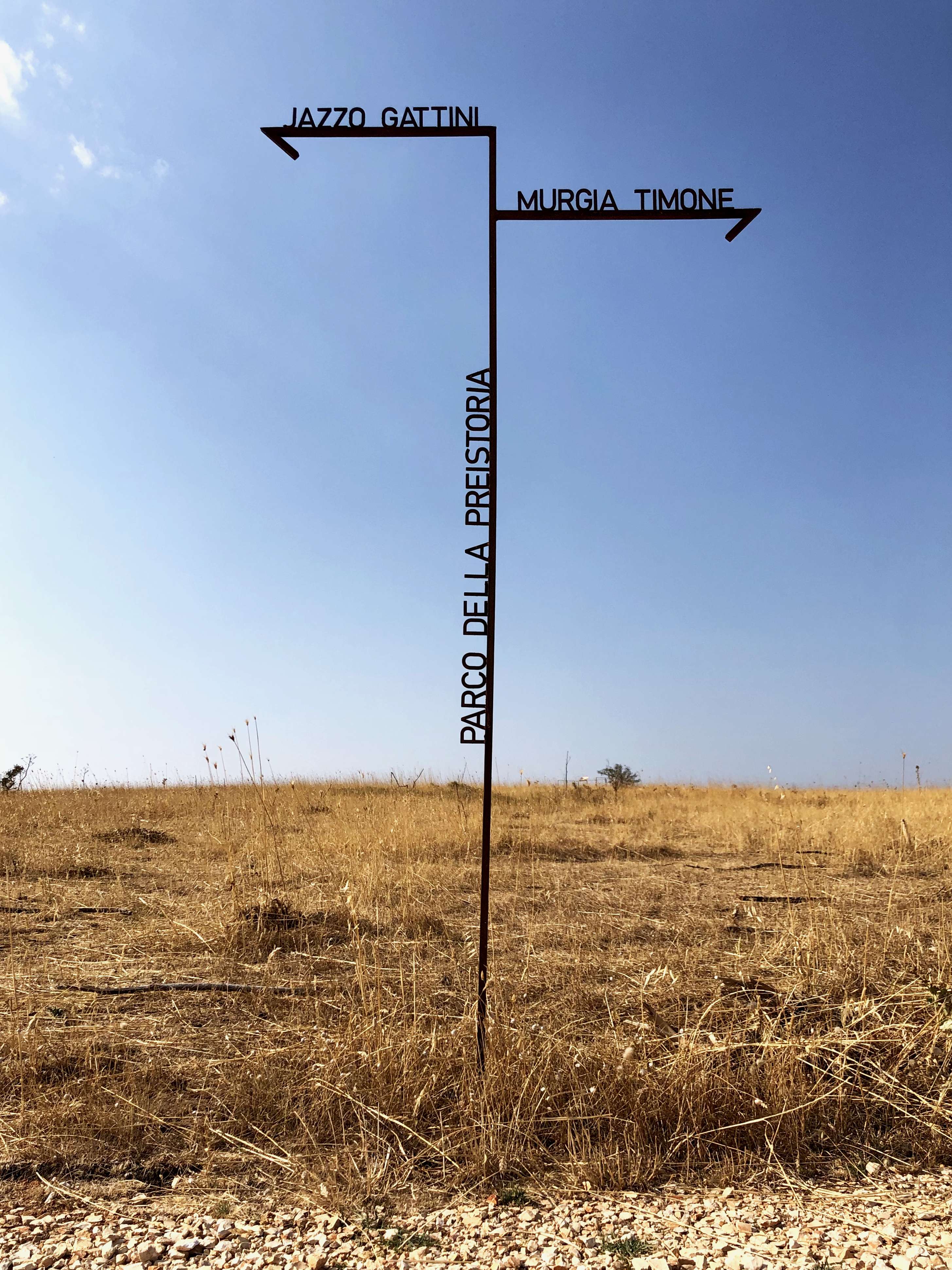
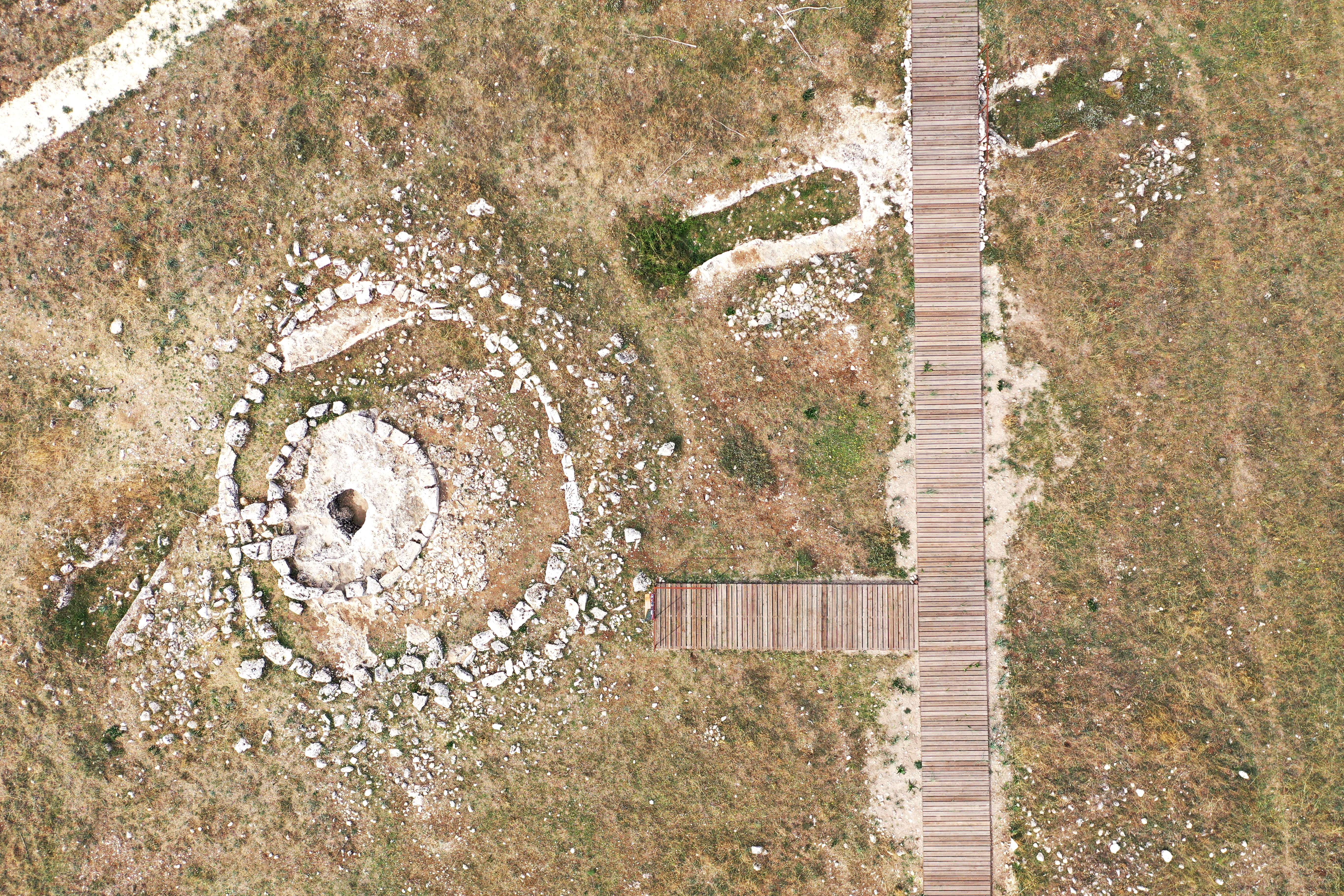
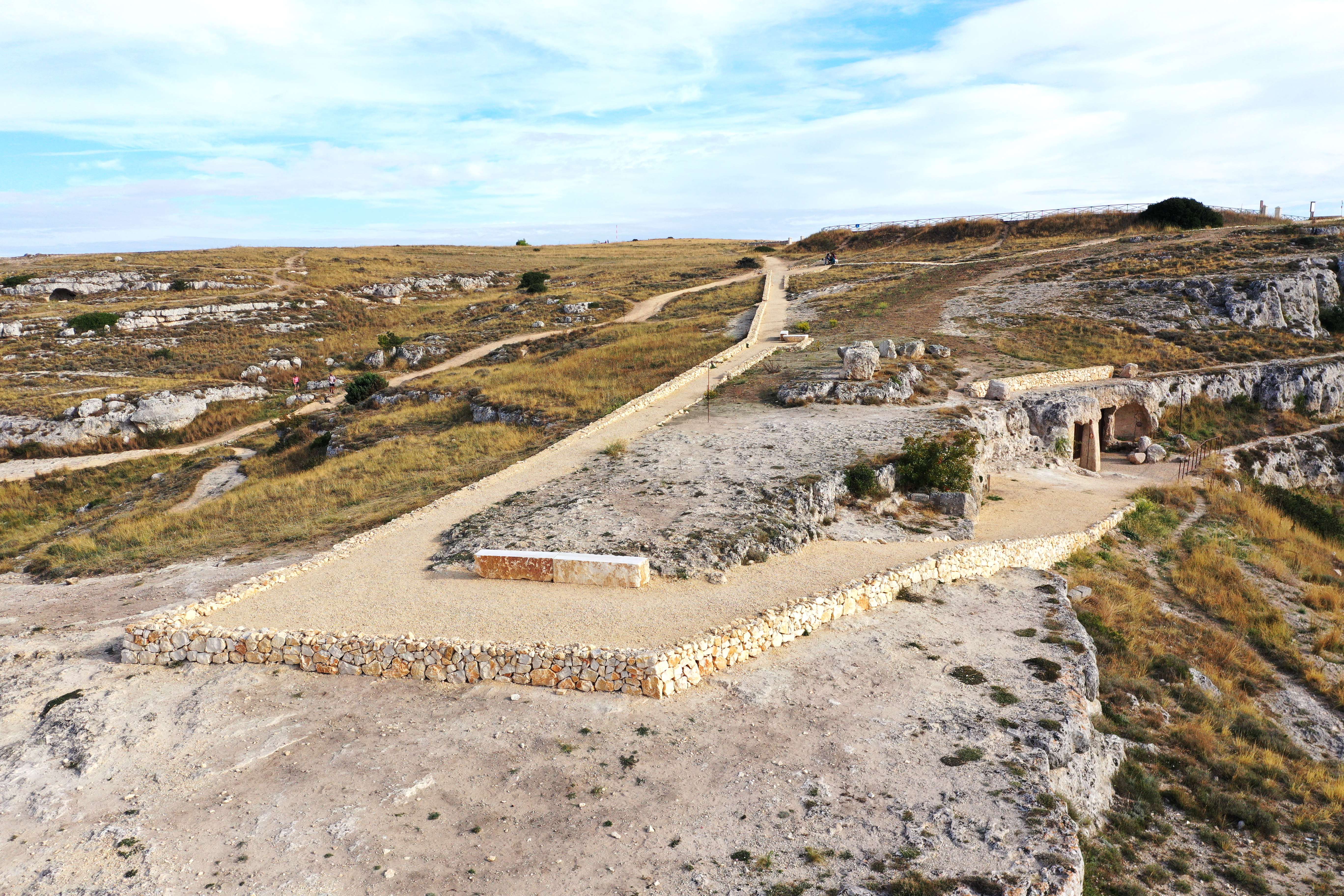
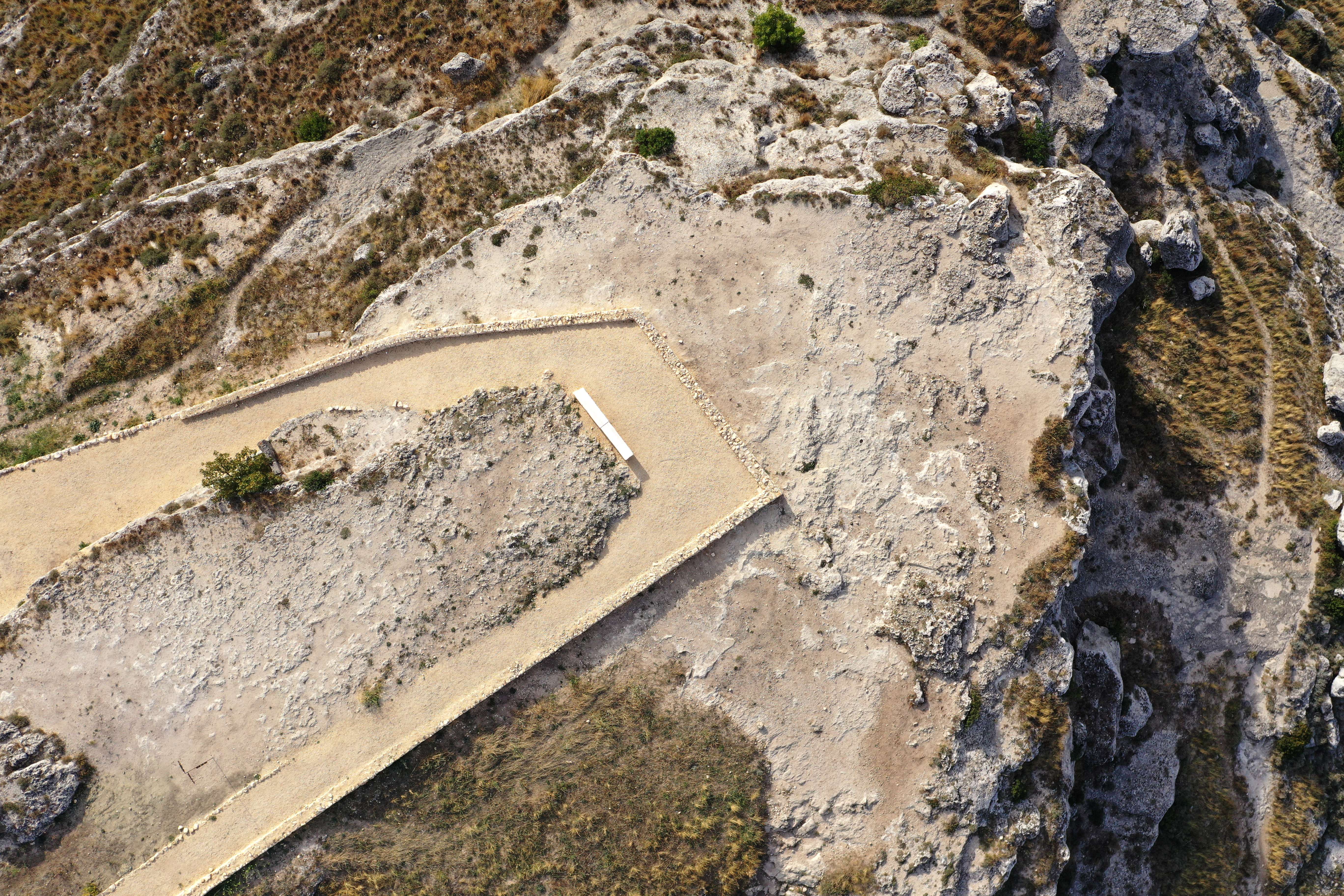
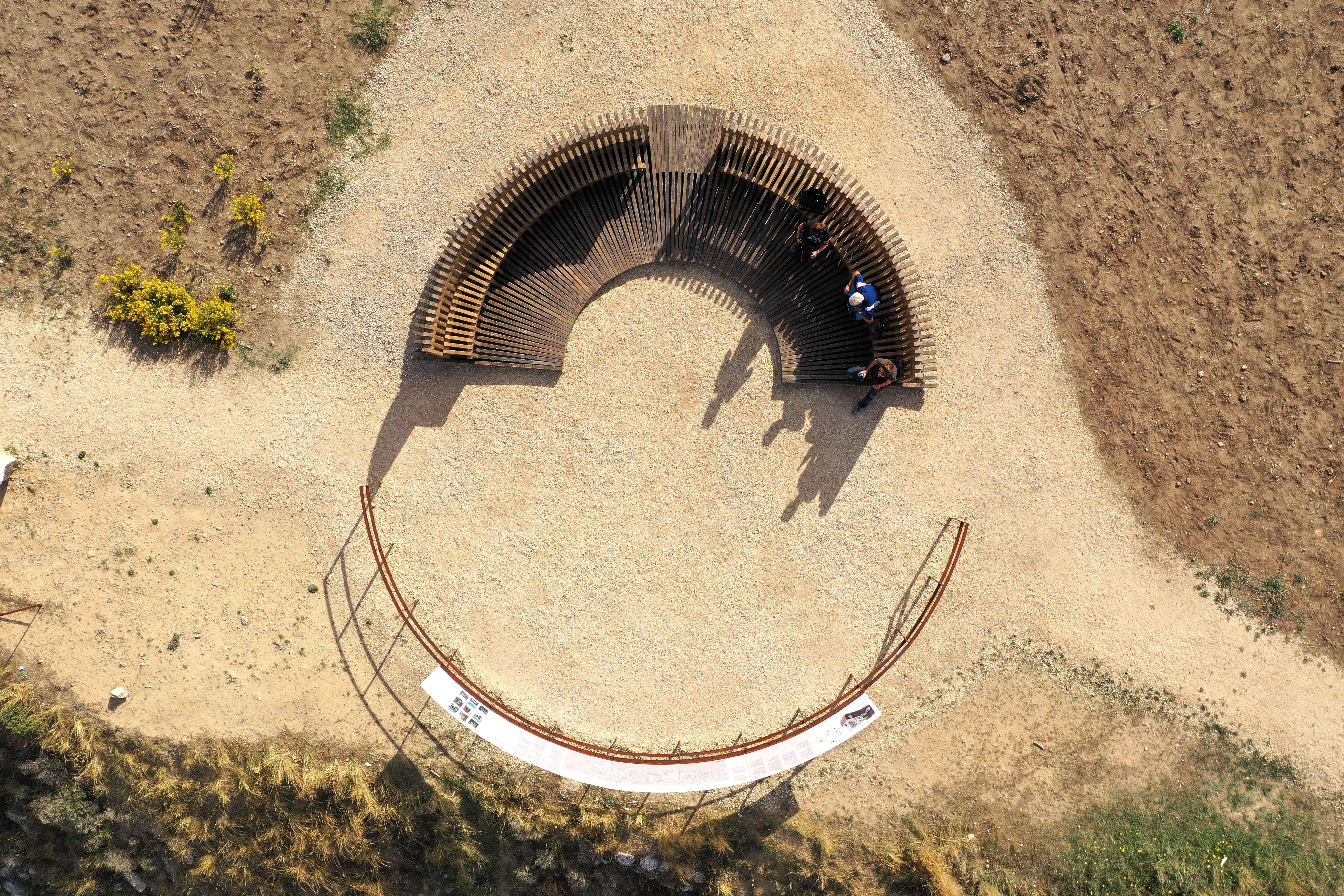
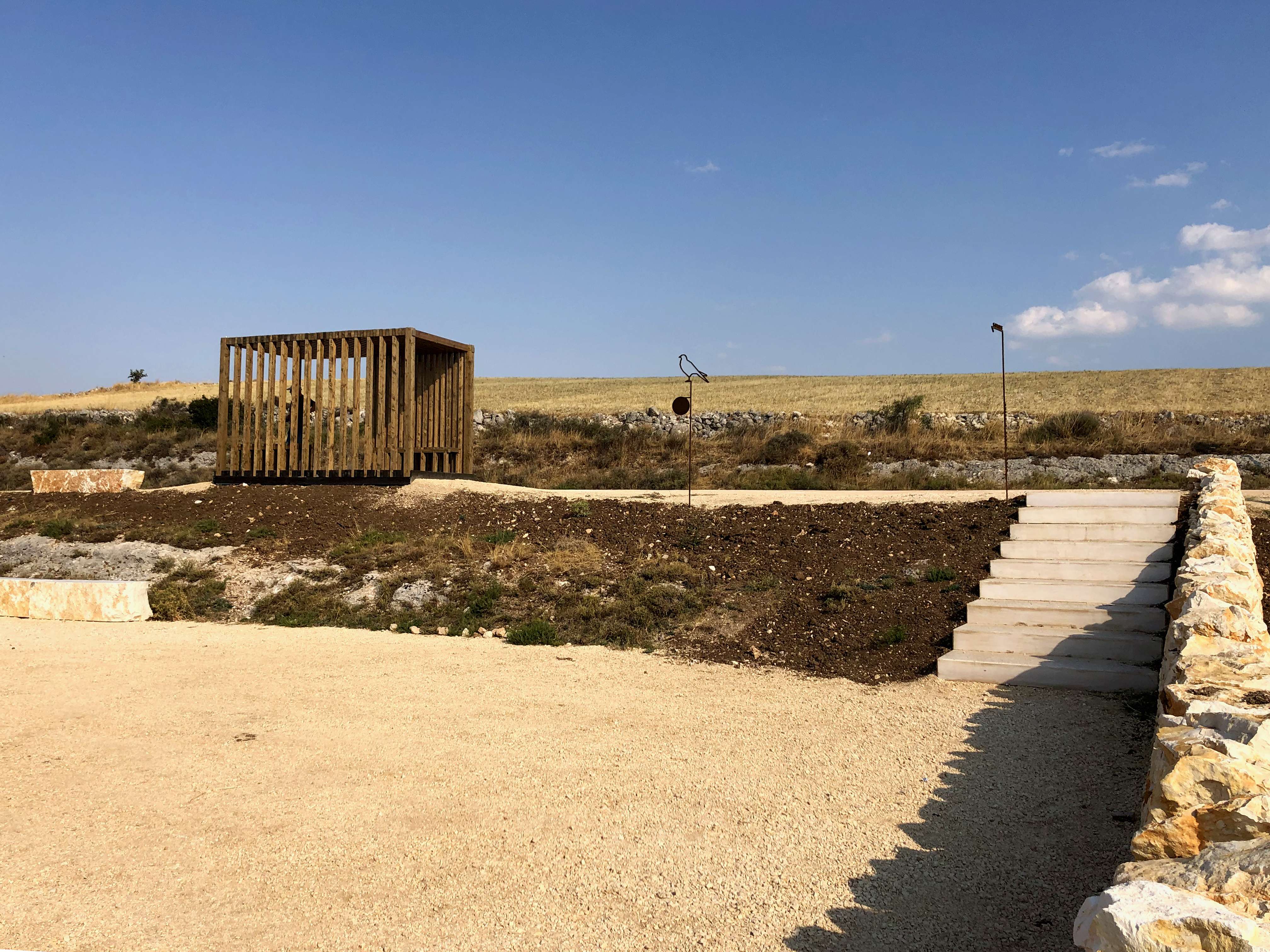

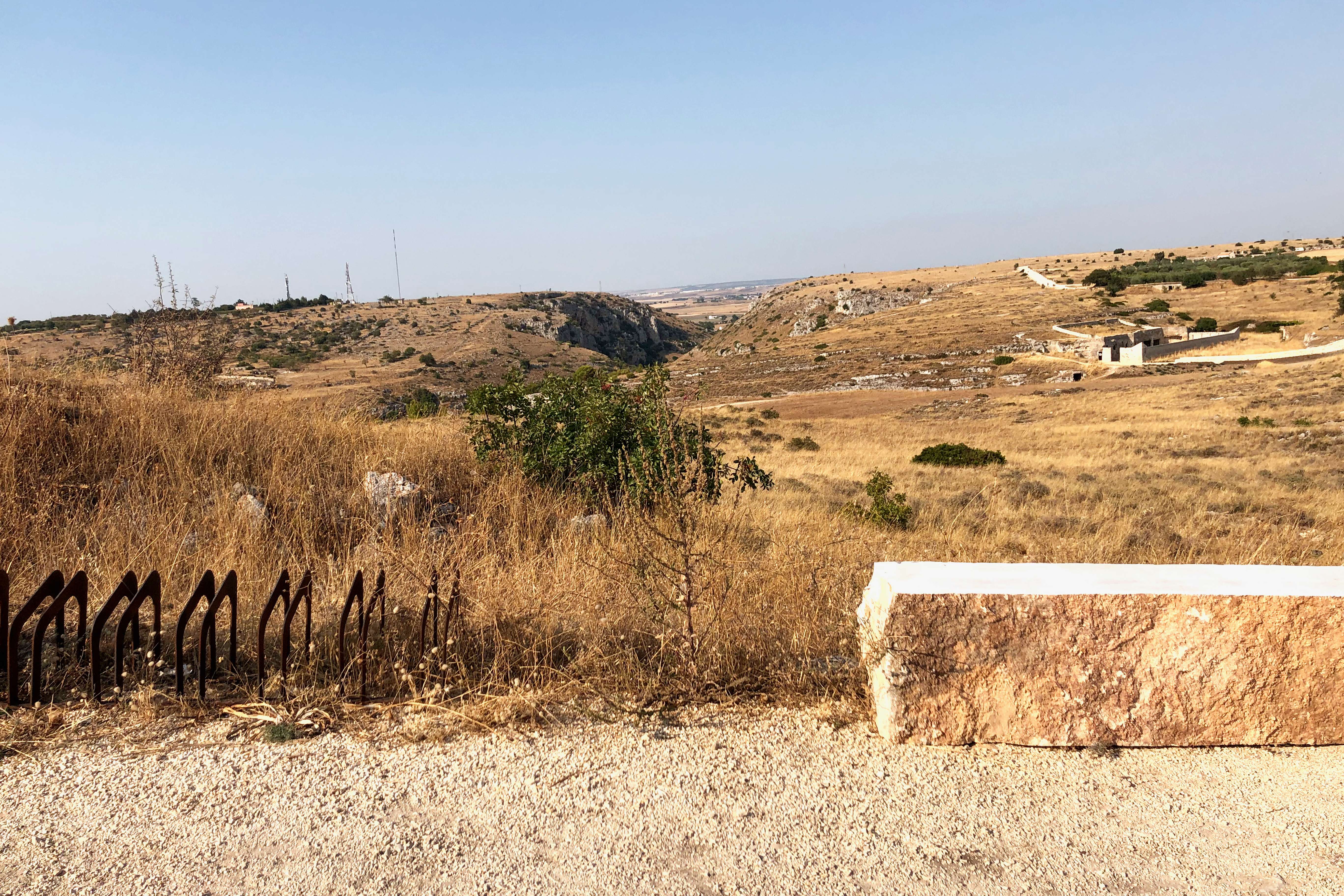
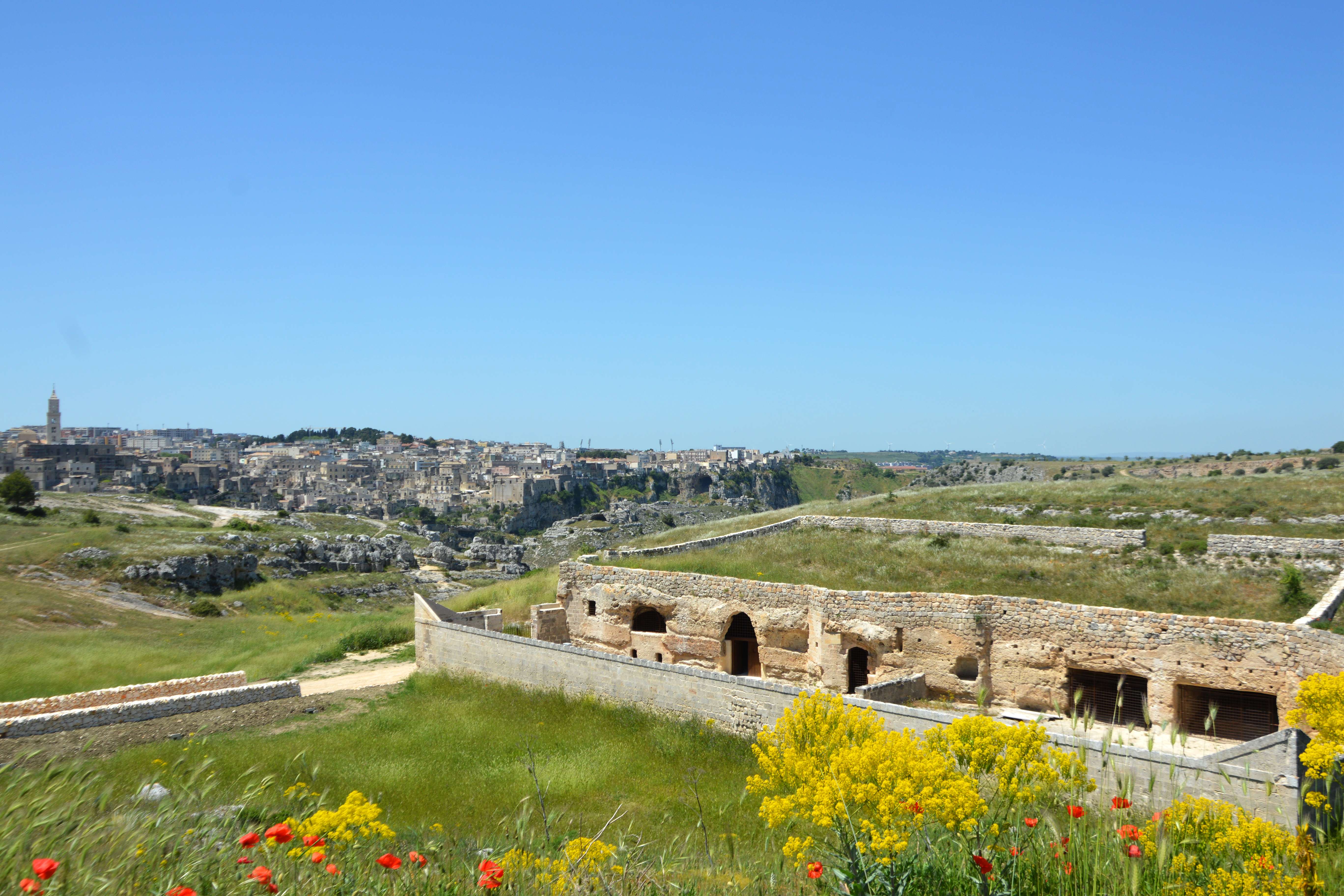
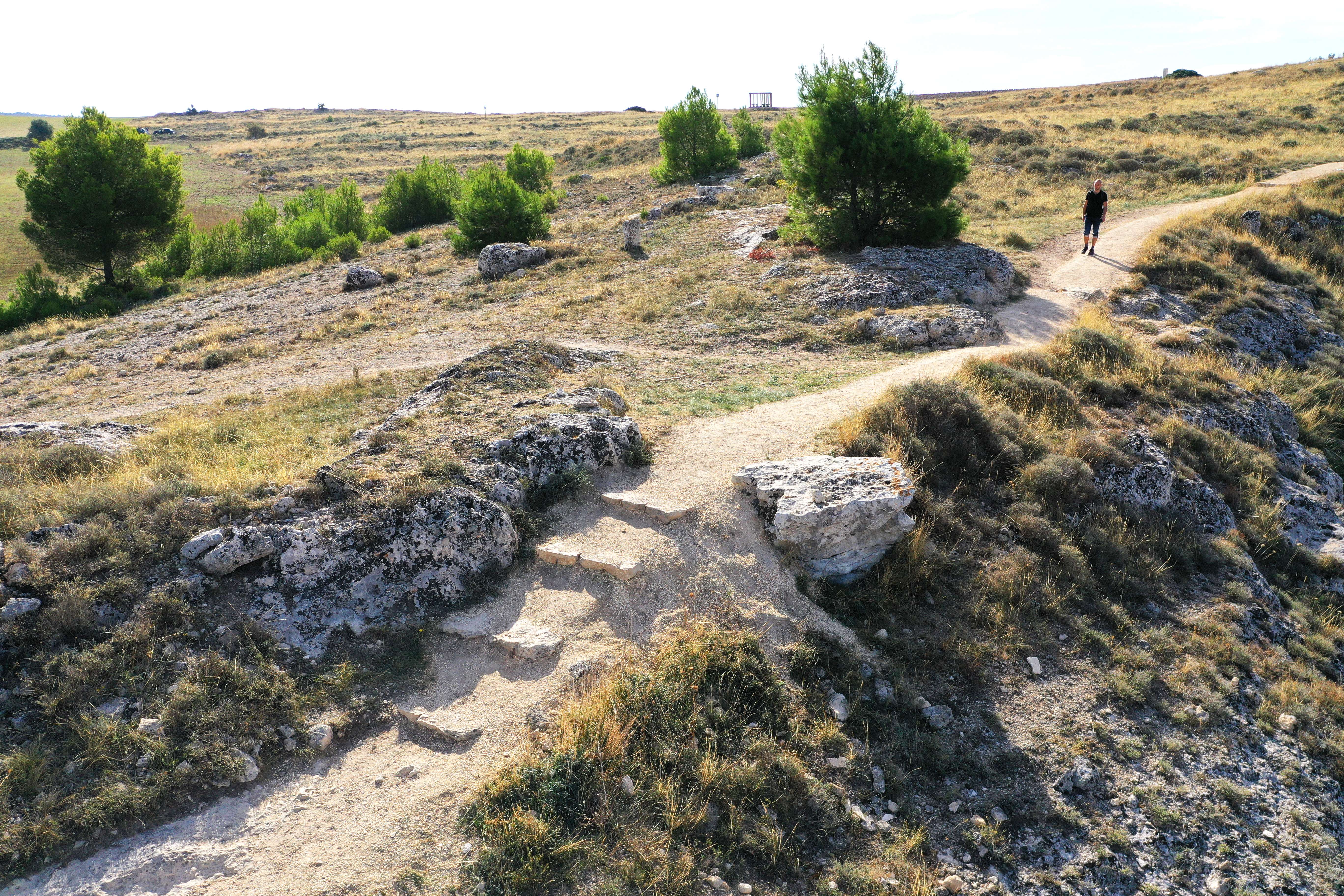
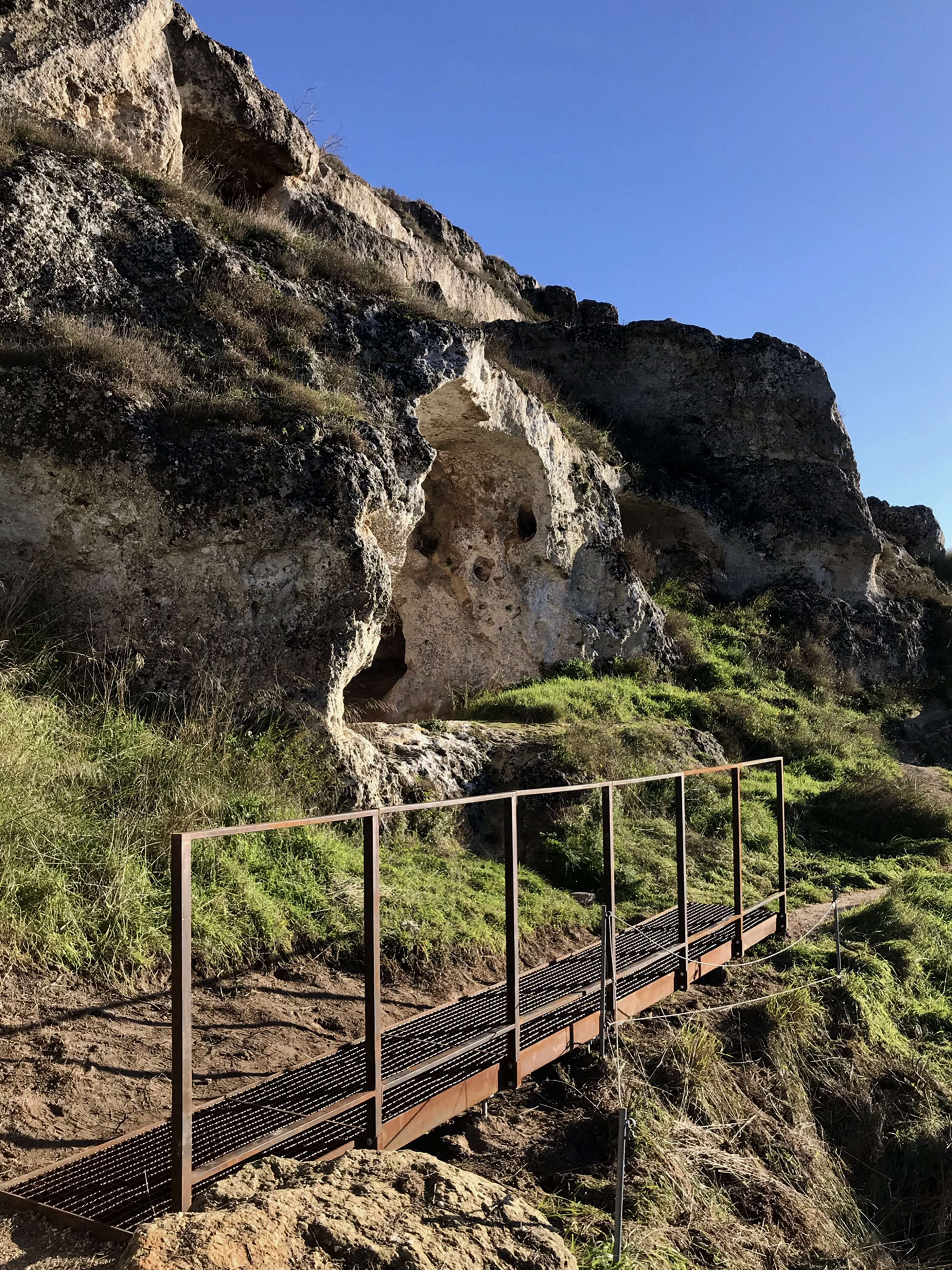
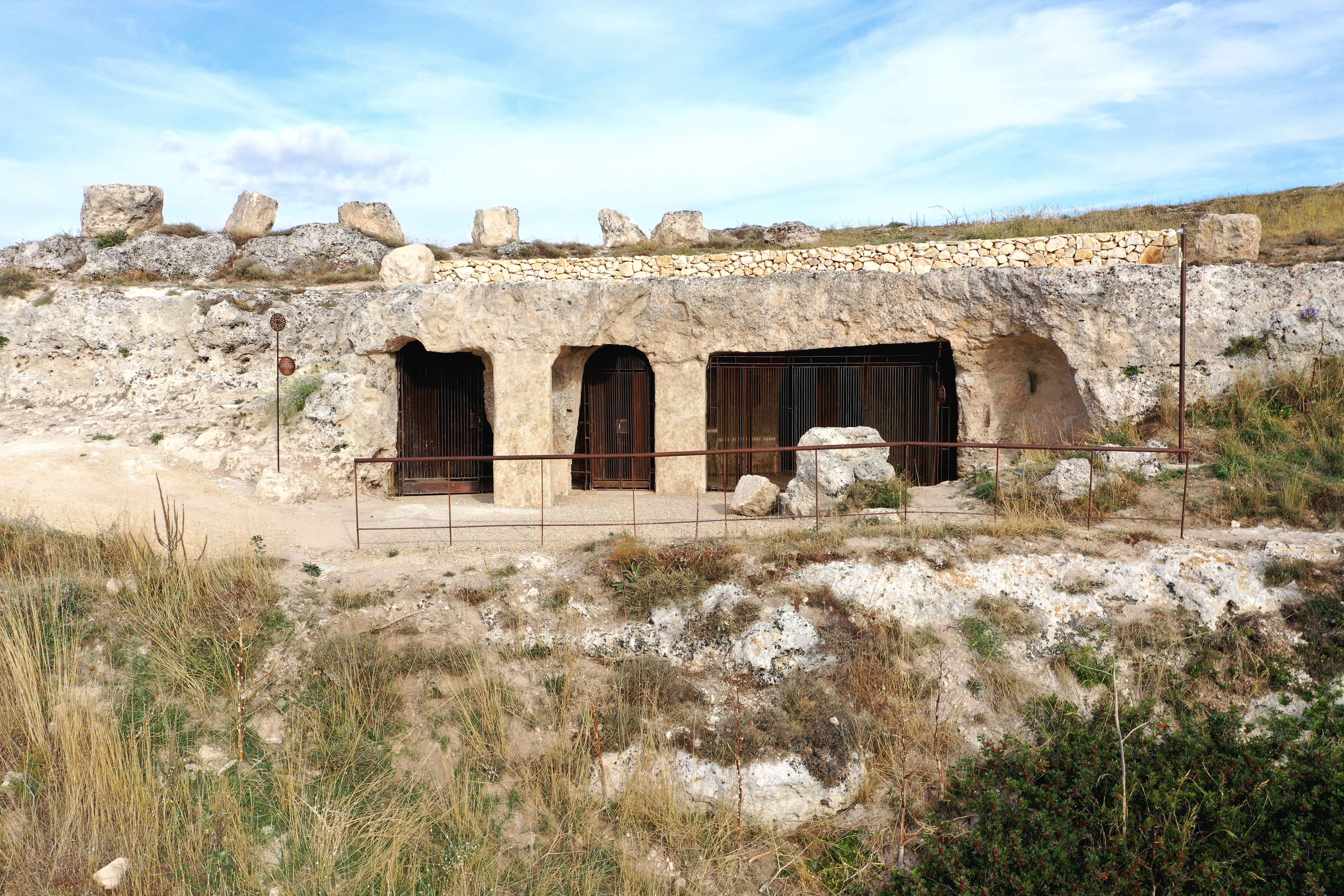

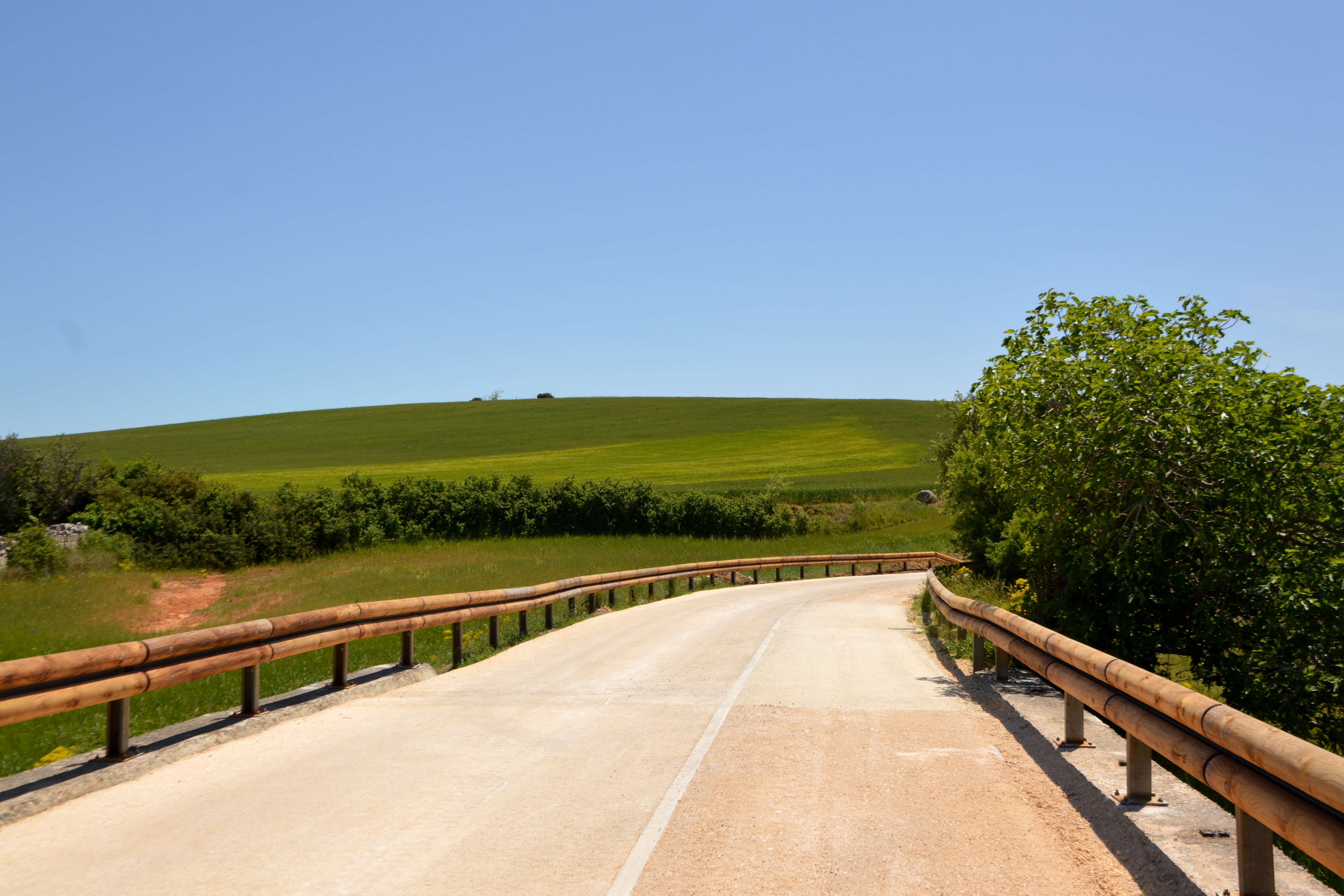
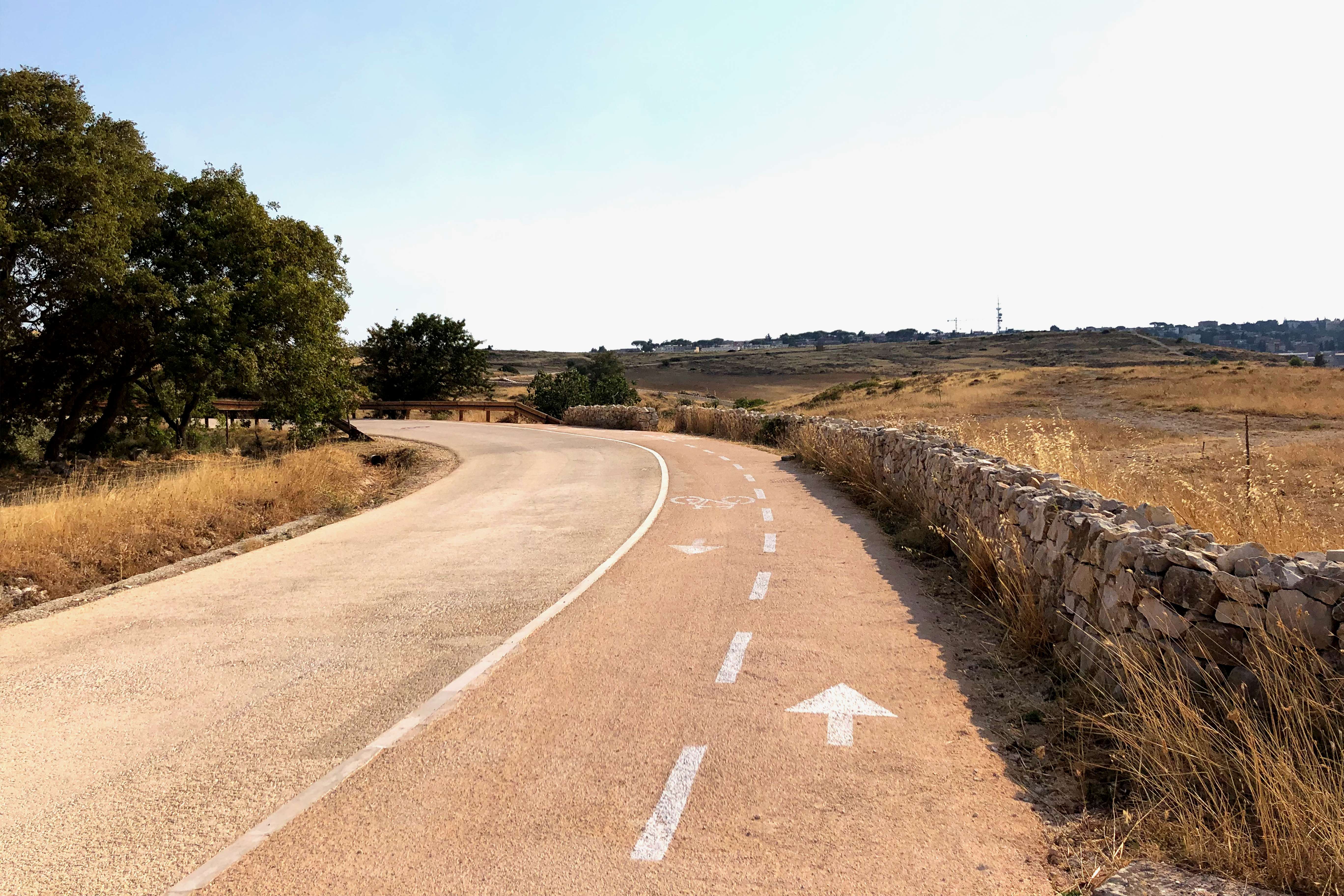
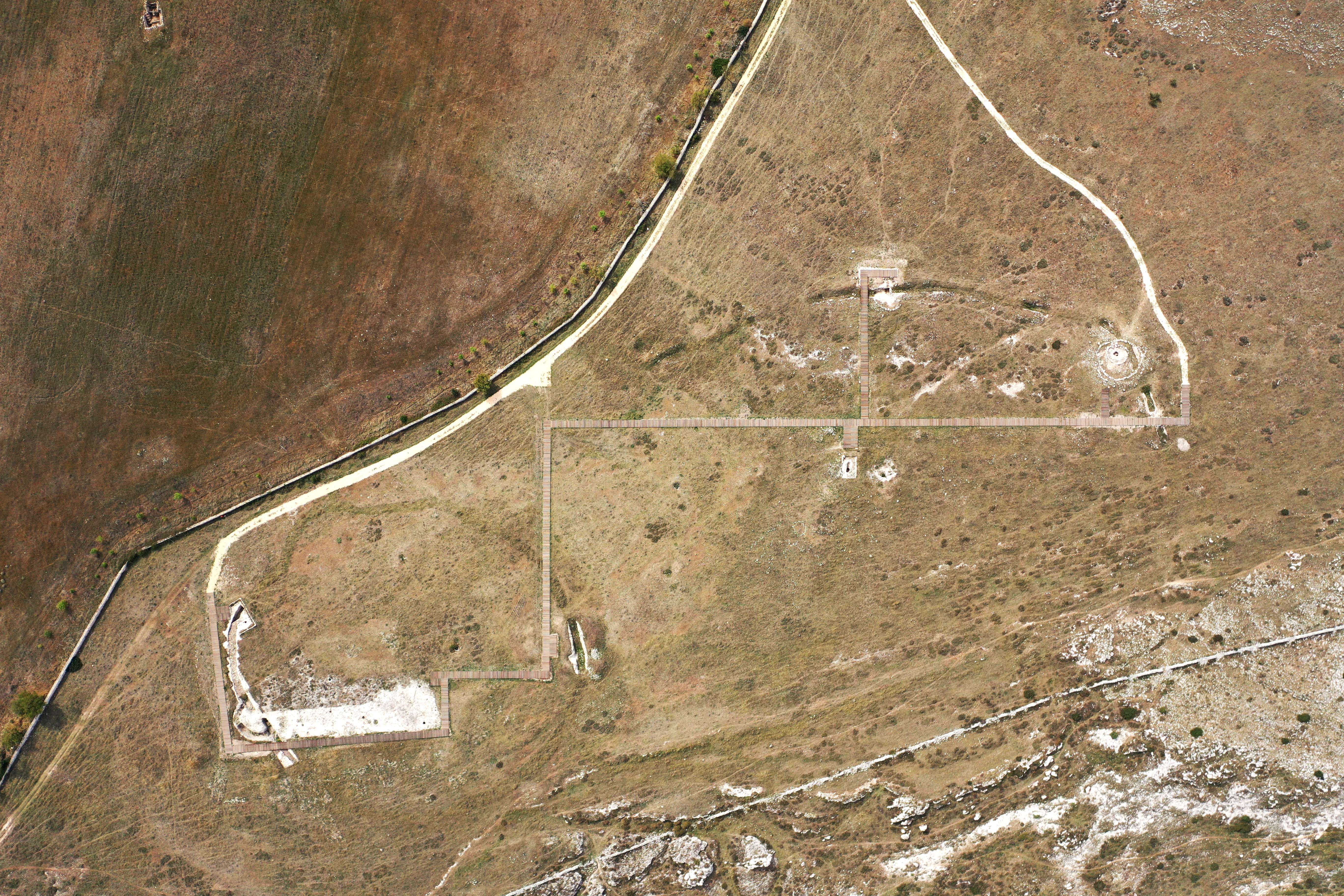
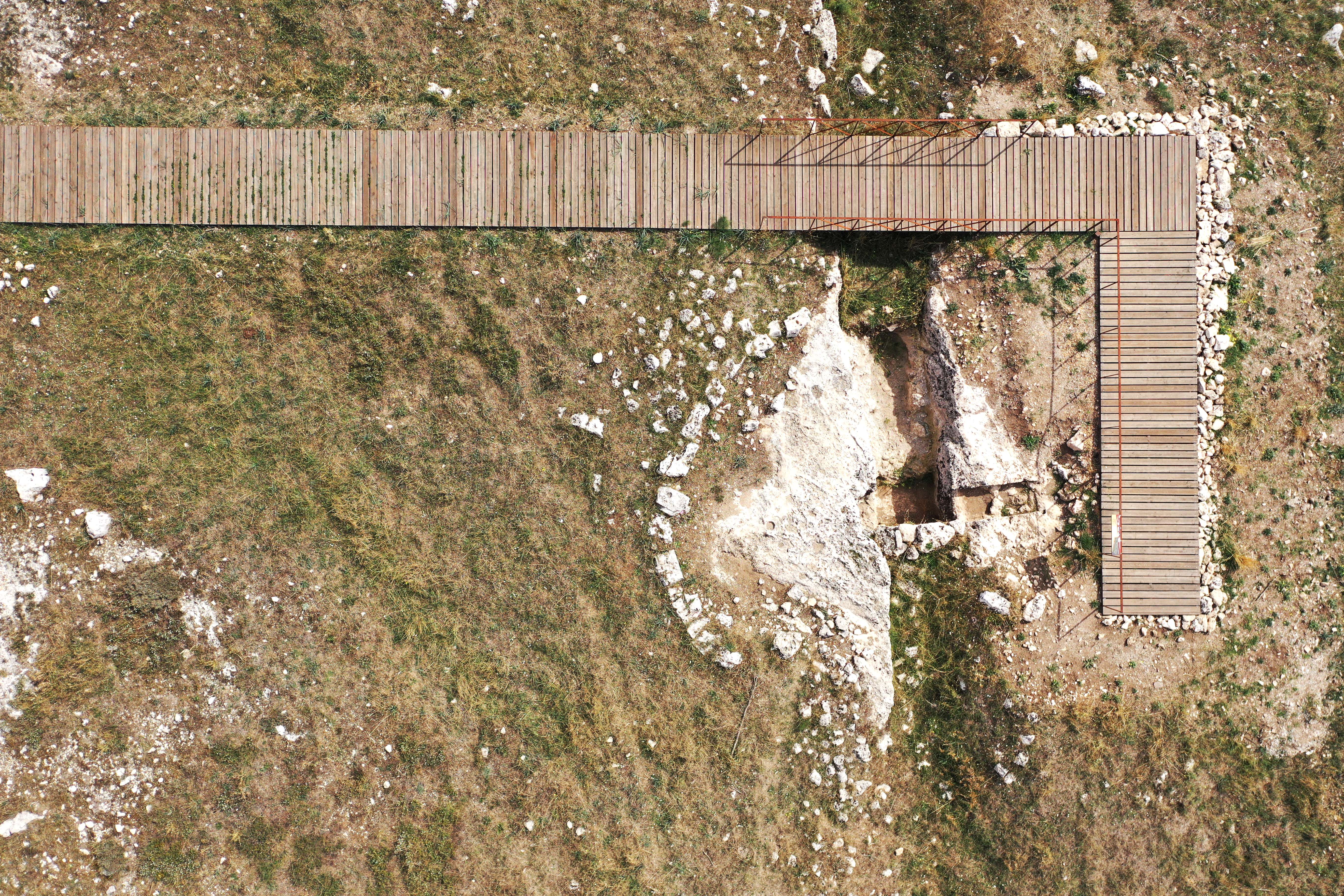
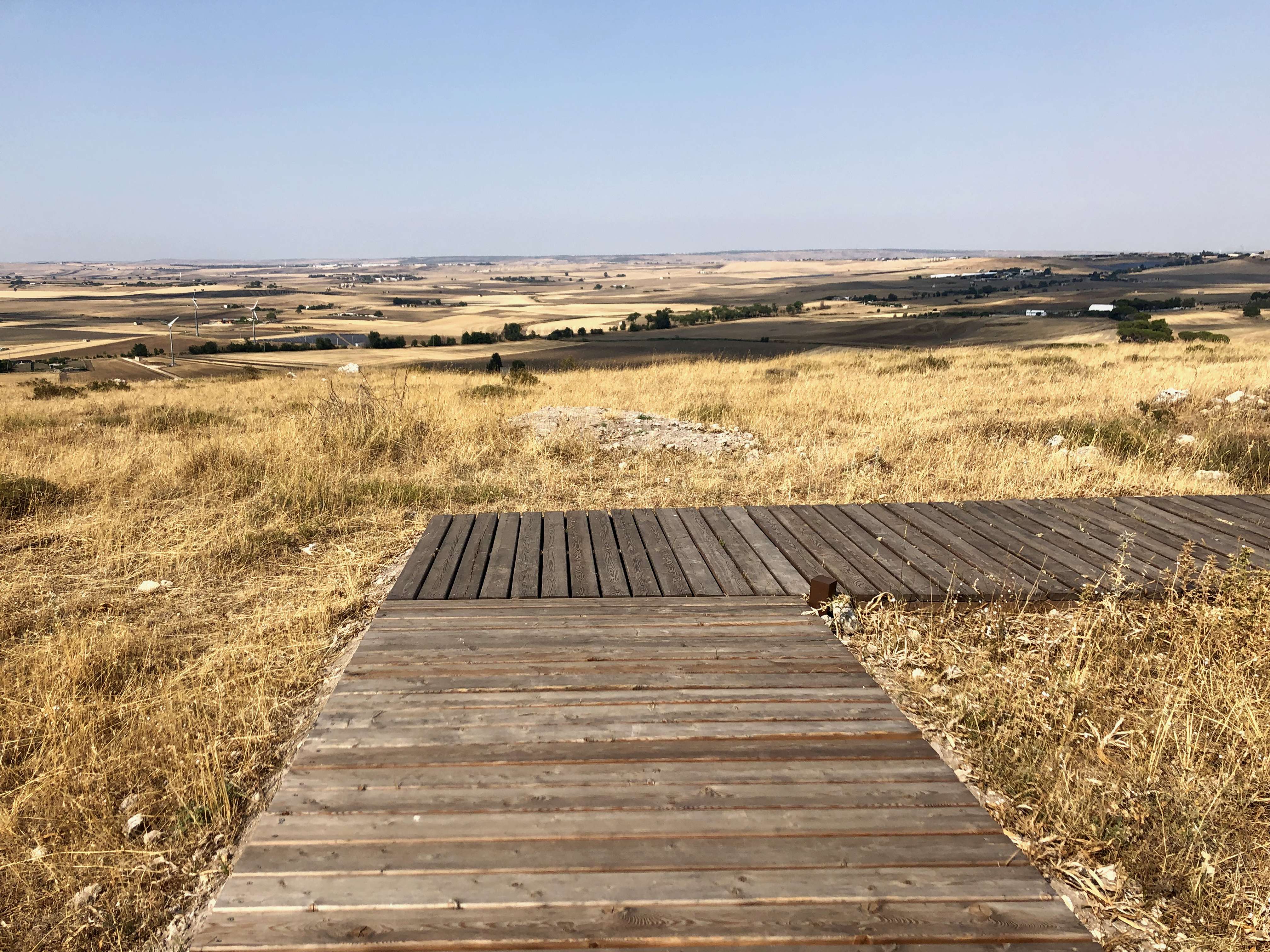
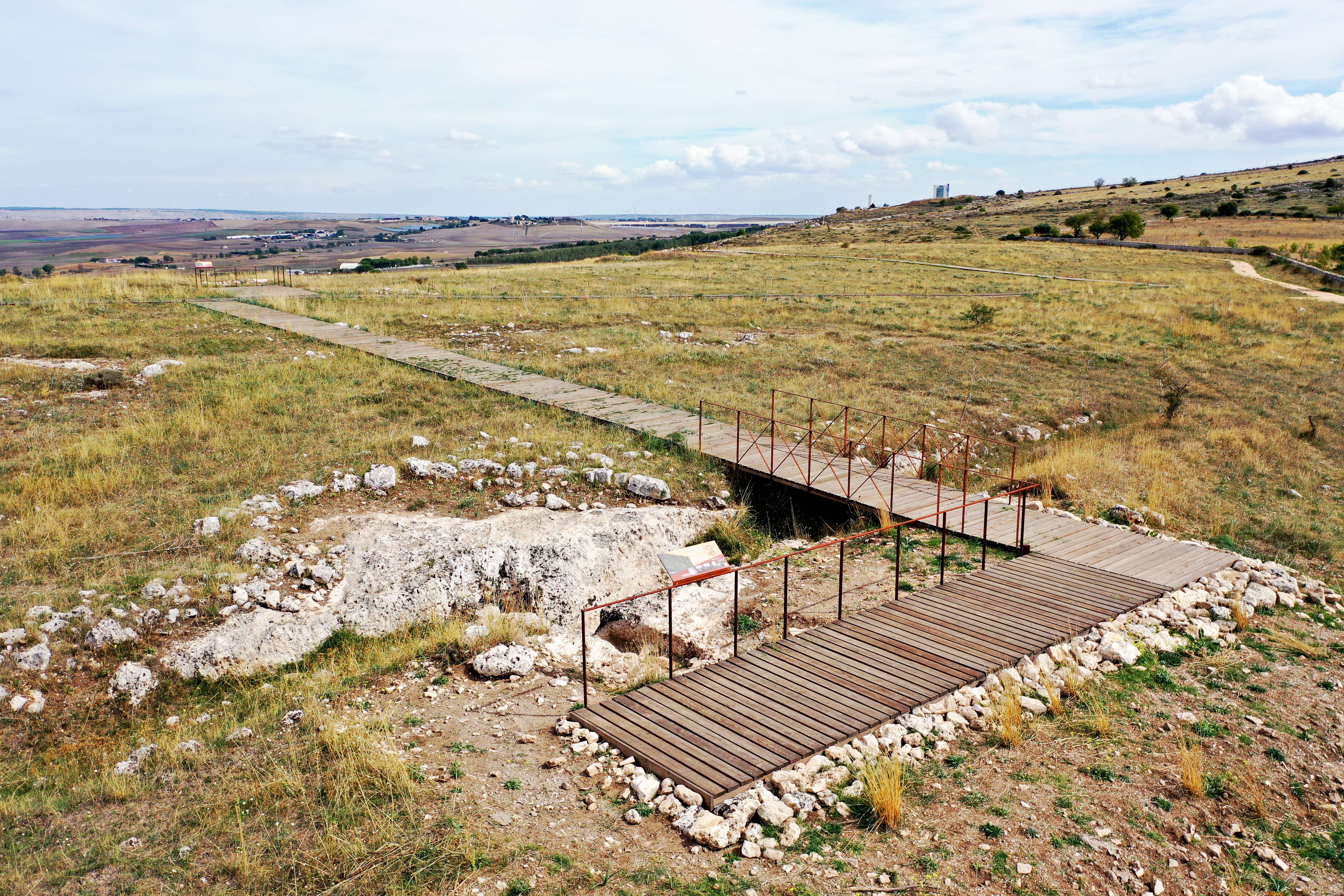

Parco della Storia dell'Uomo
Park of the Human History
'Matera European Capital of Culture 2019' offered the city the opportunity to design the 'Human History Parks' system. From 'Prehistory' through 'Rock Civilization' to the present day, you can observe the signs on the landscape produced by a ancestral relationship between mankind and territory.
The project concerns the Murgia Timone plateau that overlooks the Gravina and dialogues with the historic city center. The strategy reconnects the different structuring elements and focal points, highlights material and immaterial values stratified over time and mostly forgotten.
Key elements:
_Sustainable mobility. The driveway becomes the main, permeable, cycle-pedestrian axis. Along the 1.4 km route, the ancient agricultural and natural scenery is gradually revealed at the pace of the walk.
_The connective thin system. The paths, organized by level of difficulty and time, connect the 7 rupestrian churches (restored and consolidated). Natural engineering works reshape them, supported by corten steel platforms if necessary.
_ Redefinition of edges. In formerly marginal areas rest and refreshment places are created to enhance the view and find information. Two belvederes as hinges of the system and small removable wood-iron architectures along the route.
_ Conservation of botanical elements. To protect the delicate 'Murgia steppe system’, the project includes specific re-naturalization measures linked to a clear definition of footpaths.
_ Design for all. The main and two of the paths are adapted to the needs of wheelchair users.
_ Knowledge and pedagogy. A new integrative signage system becomes a support for the museum project (faunistic-geological-botanical-vegetation info).
_ The archaeological area. In the highest part of the plain are the archaeological remains of a Neolithic village. A light, removable, flexible wooden walkway guides through the ancient signs without compromising their preservation.
The philosophy of the project intends intersect two levels: the material constitution of the park (the surfaces, colors, smells) and the definition of ways of looking at the landscape in its stratification over time. It works with precision and method to bring order: it restores, adds, or deletes, it delimits or opens to allow redevelopment and respectful use of the land and its history.
